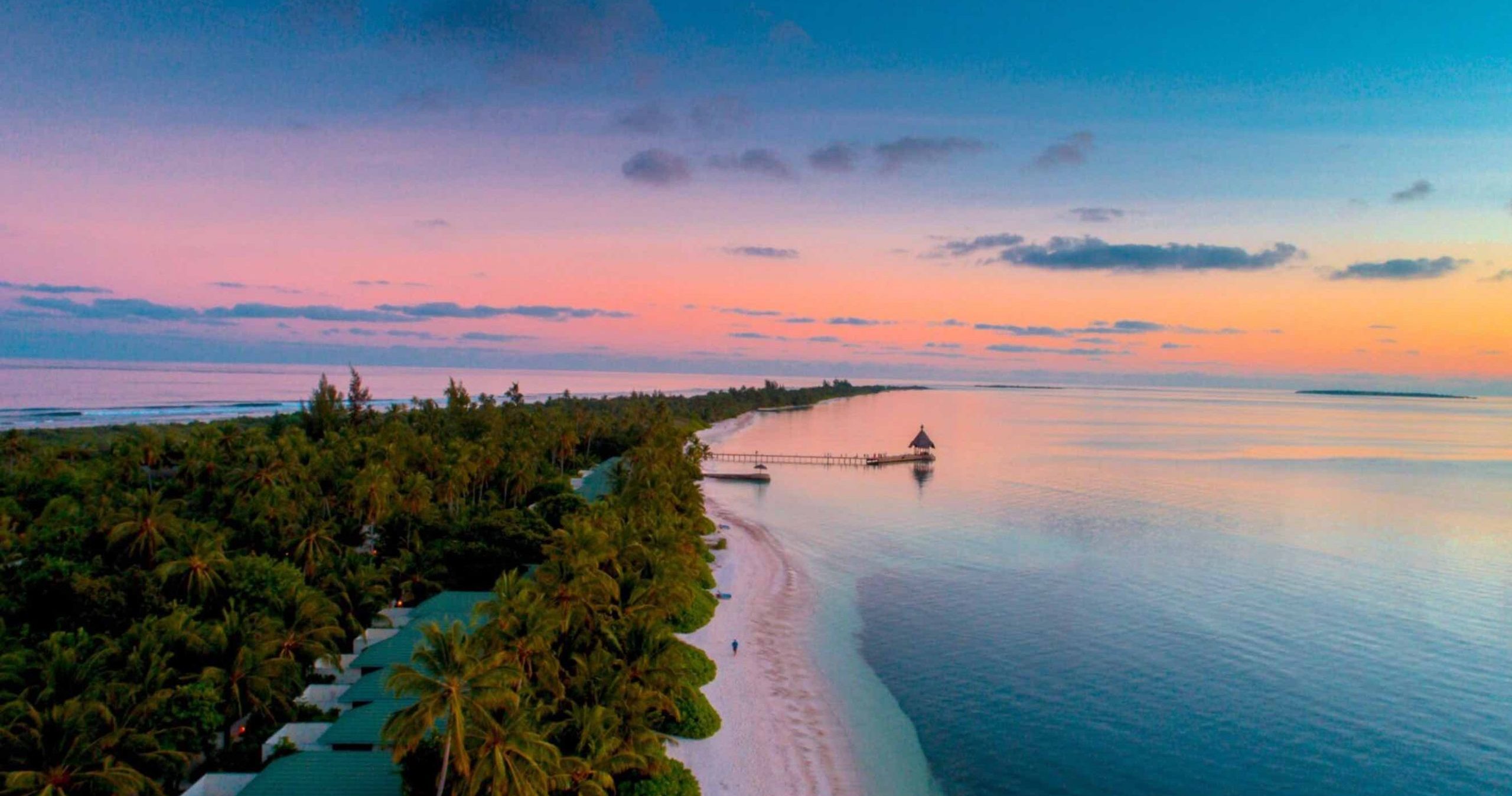The surge of COVID-19 has had a major impact on the travel industry. With major parts of the industry on pause, a number of individuals have been left unemployed.
Hilton has partnered with leading companies to provide temporary jobs for the displaced members of the hotel team. As an impact of COVID-19, the travel industry has come to a halt and a number of individuals have been displaced from their jobs.
Hilton, along with leading companies, aims to provide thousands of short-term job opportunities for workers from temporarily suspended hotels. Access to temporary jobs on the Hilton Workforce Resource Center at companies such as Albertsons, Amazon, CVS, Lidl, Sunrise Senior Living and Walgreens, will be available for Hilton team members and others seeking employment within the industry.
Our first thoughts continue to be with our guests and team members affected by the coronavirus. It is times like these when the world needs our hospitality most, particularly in the communities that have been hit hardest by the outbreak.
Christopher J. Nassetta, President and CEO of Hilton
Hilton and the partners recognize the significance of service culture and the value of hospitality skills training the Hilton team members receive. The Hilton team members comprises of a diverse range of experienced who are an ideal fit to assist organizations in temporary assignments. Hilton hopes to further expand the program across the globe.
Hilton has also increased flexibility for guests allowing a full refund on all reservations on or before 30th June 2020, even non-cancellable stays. Moreover, Hilton is assisting local and national governments to provide housing for first responders and healthcare workers, Hilton hotels across the world has been donating food to local pantries. The company’s charity, Hilton Effect Foundation is also investing in grants to support organisations fighting the spread of COVID-19 and helping communities in need.
Hilton is a globally renowned leading hospitality company. With a portfolio of 18 world-class brands in 119 countries across the world, Hilton had welcomed more than 3 billion guests in its 100 years of services.










